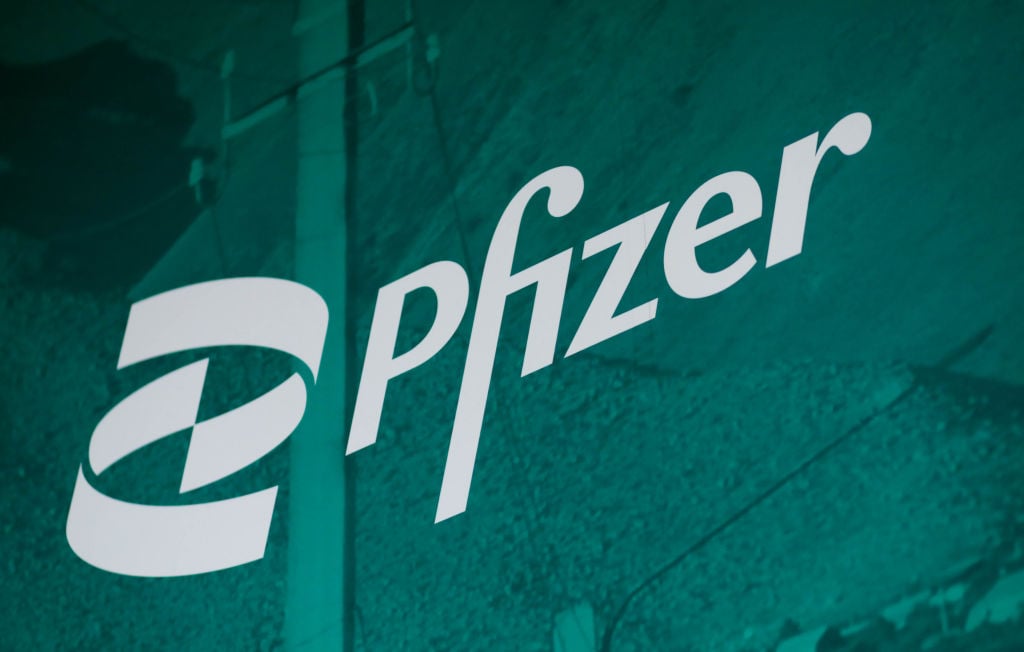One of the most important characteristics doctors consider when prescribing therapies to patients is convenience. It's really quite simple: Consider two drugs that treat the same disease, one administered orally and one that is injected. If the two are comparable in effectiveness, you can bet the former will be much more popular. Unfortunately, not all drugs can be easily made into oral formulations. The development of an oral protein therapy, for example -- given that they are broken down quickly in the digestive track -- has long been a challenge for biotech companies.
Luckily, one company may be close to a solution. Protalix Biotherapeutics (PLX 0.97%) recently announced that PRX-112 -- the oral formulation of its injectable Elelyso for Gaucher disease -- was well-tolerated, detectable in blood samples after administration, and biologically active in a phase 1 trial. If successful, such a treatment could challenge the current three injectable drugs from Protalix, Shire (NASDAQ: SHPG), and Sanofi (NYSE: SNY), which dominate the market. What does the announcement mean for Gaucher patients, investors, and the future of enzyme replacement therapies, or ERTs?
The opportunity
Gaucher disease is classified as an orphan disease, or one that affects less than 10,000 people worldwide. That doesn't mean investors should ignore it altogether, however. Consider how the top two injectable ERTs for Gaucher disease type 1 fared in the first half of the year:
|
Company, Drug |
1H13 Sales |
2012 Sales |
|---|---|---|
|
Sanofi/Genzyme, Cerezyme |
$463 million |
$859 million |
|
Shire, Vpriv |
$164 million |
$307 million |
Source: SEC filings.
Sales data are not reported for the third major ERT, Elelyso/Uplyso, marketed by Pfizer (PFE 0.93%) and Protalix, but a supply deal with Brazil's Ministry of Health could be worth up to $280 million over several years. And although the pair had the door to European approval slammed in its face thanks to Shire's orphan drug designation (granting exclusive marketing rights through 2020), lower production costs stemming from major manufacturing advantages should help it capture sizable market share elsewhere. Take a look at the cost of each major treatment option:
|
Company, Drug |
Price per patient per year |
|---|---|
|
Sanofi/Genzyme, Cerezyme |
$200,000 |
|
Shire, Vpriv |
$170,000 |
|
Protalix/Pfizer, Elelyso/Uplyso |
$150,000 |
Source: Company presentations.
A price 25% lower than Sanofi's market-leading therapy should result in greater market share for Pfizer and Protalix, even though doctors may be reluctant to switch patients from an established treatment.
That doesn't mean manufacturing advantages are a fantasy. In fact, they will drive the competitive advantages of PRX-112.
Carrot cells worth billions?
How will PRX-112 work? It might sound a little far-fetched, but if Protalix has its way patients will actually drink their daily dose of medication.

Swallowing a pill is more fun than using a needle, but drinking your medicine has to top the list. Source: Protalix
The secret sauce of the therapy is genetically engineered carrot cells, which express the enzyme at the heart of the therapy and naturally encapsulate it within their plant cell walls (it's all part of the novel manufacturing process). Since plant cell walls are comprised of cellulose, the enzyme is shielded from the digestive tract and can successfully pass and attach to the mucosal lining of the intestine. If successful, similar technology could be used to develop oral formulations of other ERTs for other diseases -- potentially worth billions of dollars per year. Who would've thought something as "simple" as carrot cells could have the potential to revolutionize this branch of medicine?
Market competition
Protalix isn't the only company looking to develop an oral treatment for Gaucher disease -- nor even the most advanced -- but it can still be first to market an oral ERT. Earlier this year, Sanofi announced that its novel glucosylceramide analog eliglustat tartrate met all primary endpoints in the phase 3 Engage and Encore trials.
The Encore trial is of particular importance to Protalix investors. The study compared the analog to Cerezyme and successfully demonstrated that it was statistically non-inferior to the ERT, meaning patients remained stable in four measurable parameters for one year. However, 84% of patients taking eliglustat tartrate achieved stability, compared to 94% of those taking Cerezyme. Why does this matter?
The analog partially inhibits enzymes in the body responsible for producing the fatty acid glucosylceramide, which builds up in the cells and tissues of Gaucher patients. It is not classified as an ERT. By contrast, PRX-112 is an oral formulation of Elelyso, which gives patients working copies of the enzyme responsible for breaking down the fatty acid glucosylceramide. If treatments using carrot cells as a novel delivery mechanism for enzymes can show comparable effectiveness to other ERTs -- closer than the 10% gap between eliglustat tartrate and Cerezyme -- then Protalix could provide market-leading convenience and effectiveness for Gaucher patients. How's that for an encore?
Foolish bottom line
PRX-112 is certainly an integral part of the future of Protalix. It could prove that carrot cells can act as a delivery platform for oral ERT therapies, further prove the company's technology platform, and revolutionize the Gaucher disease market for patients. I don't think it's out of the question for Pfizer to partner with and provide funding to Protalix for the program, since the two are already wrestling market share away from Shire and Sanofi with Elelyso. And if Pfizer ever thought about acquiring the novel manufacturing platform developed by Protalix, PRX-112 may be the drug that opens the checkbook.








